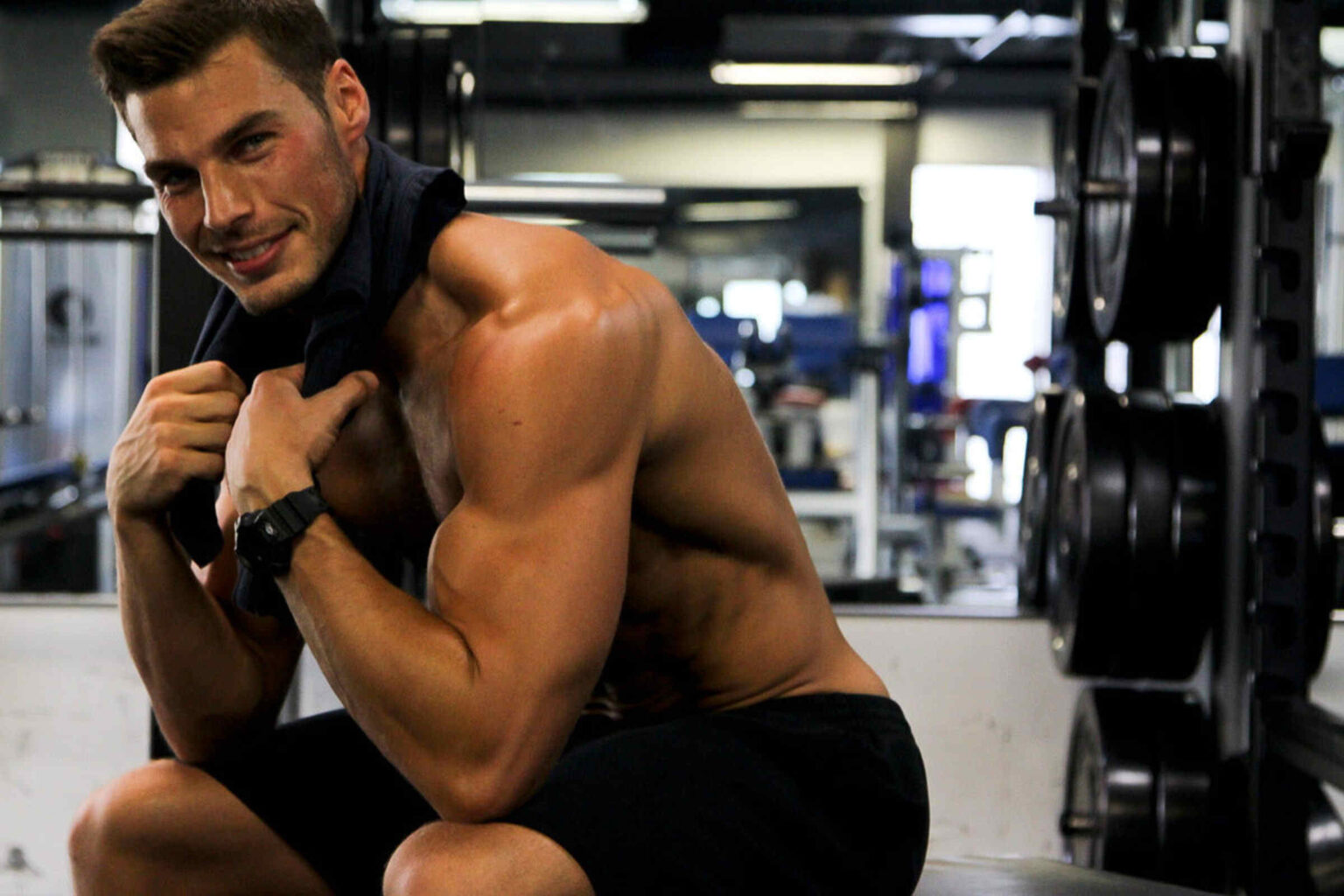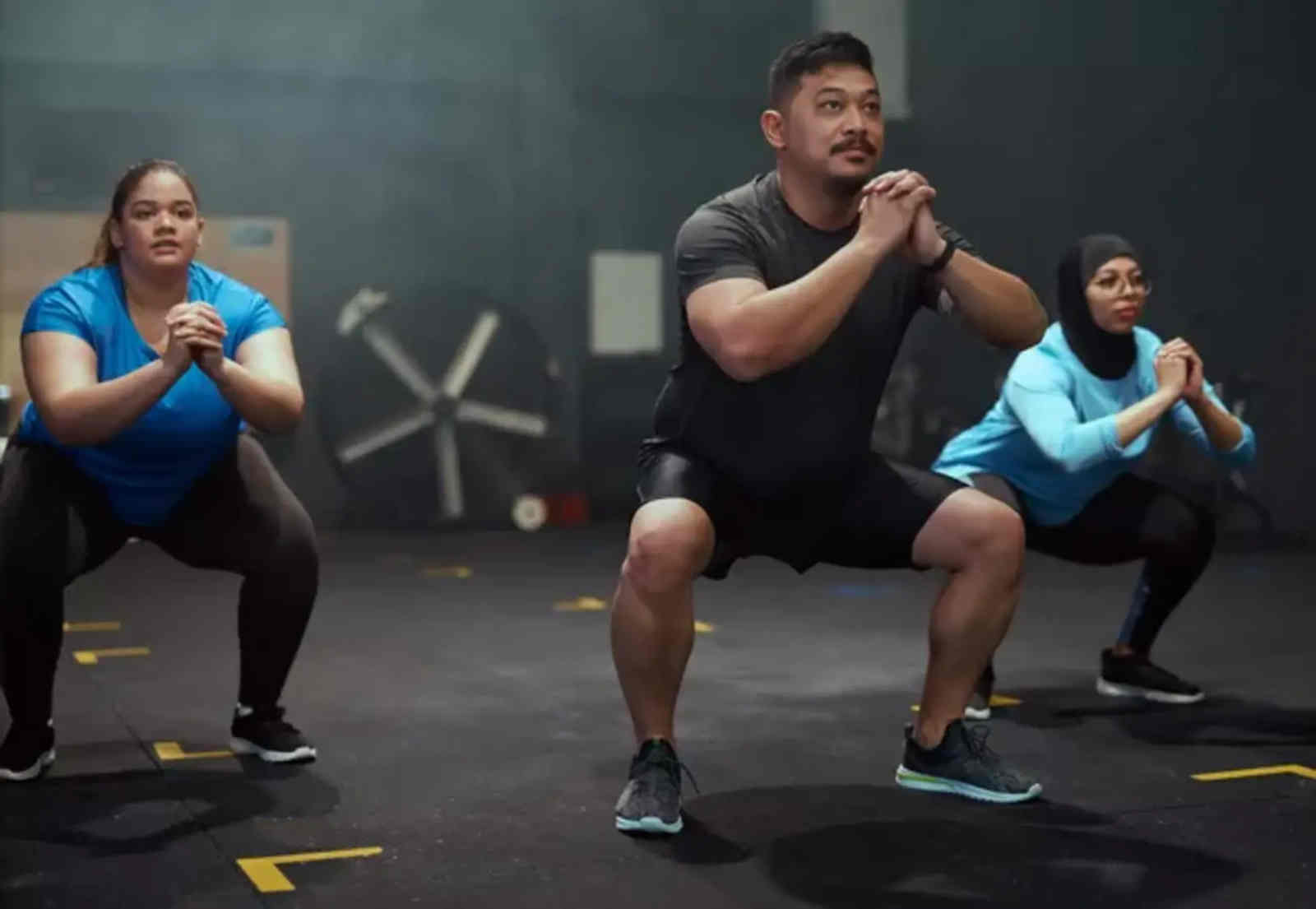
ERAfit’s Founder, Eric Richard Allen, On How To Squat Correctly
Eric Allen is a personal trainer who knows his stuff.
He’s been working in the fitness industry for more than a decade, and he has two degrees and a plethora of certifications to prove it. He’s worked with everyone from bikini models to actors to retirees looking to get fit and stay healthy.
Eric is passionate about helping people reach their goals and live healthier lives. That’s why he started ERAfit, a company that provides personal training in Miami and beyond and he’s here to tell us all about squats.
How do you feel about squatting?
I love squatting. It’s a great way to work your legs, but it’s also great for your core and back, and it helps you get stronger overall.

Do you recommend doing squats with weights or without?
Personally, I recommend for my clients to do them without weights to begin with, but if you want to add weight, go for it! Just make sure you’re using a proper weight—not too much and not too little. If you want to increase the difficulty, try holding weights in each hand as well as squatting down.
What are some mistakes people make when they squat?
I’ve been working with clients for years now, and I’ve seen a lot of squats. In that time, I’ve noticed that there are four common mistakes people make when they’re squatting:
1) They don’t go deep enough. A lot of people think that just because their knees aren’t touching the floor, they’re doing it right. But squats are meant to work your glutes and hamstrings—the muscles in your butt and thighs—so if your knees are still bent or even slightly bent at the bottom of your squat, you’re not getting all the benefits you could be getting.
2) They don’t keep their torso upright and straight. If you’re leaning forward or backward when you squat, it’s going to put stress on other parts of your body—especially your spine! So try to keep yourself as upright as possible while squatting to avoid injuring yourself in the process.
3) They let their knees cave inwards instead of keeping them out (this can lead to injury). It might seem like this won’t hurt anything because there isn’t any pressure on the knee itself… but trust me: letting your knees cave inward will damage
4) Poor technique. The biggest mistake is that most people don’t use proper technique when they squat. They’ll just drop down and stand back up again, which can cause problems like lower back pain and knee injuries.

So how should someone squat properly? What are some key tips?
So many people have trouble with squats, but it doesn’t have to be that way. A few simple changes in your technique can help you build strength and flexibility without fear of injury.
First things first, make sure that when you are squatting, you keep your knees behind your toes, with your feet about shoulder-width apart. This will ensure that you are using your glutes and hamstrings rather than putting unnecessary pressure on your knees and lower back.
Next up is making sure that you are bending at the hips rather than rounding them forward or moving too far away from the ground—this will help keep your balance while also helping strengthen those muscles we mentioned before! Don’t forget about form either—you want to keep your back straight (not rounded) and engage your core so that there’s no strain on your spinal disks or discs between vertebrae; otherwise this could lead to serious problems down the road.
The last thing to consider is breathing: breathing deeply into our diaphragms helps us stay relaxed even when we’re doing intense exercises like squats. You want to inhale when you’re going down and exhale when you’re coming up. This helps ensure that your body is properly oxygenated so that the muscles can work more effectively.
And lastly, what is one thing you always tell your clients?
I love this question, because the answer is so simple: just listen to your body!
If you want to be healthy, it’s important to listen to your body. If you’re hungry, eat something healthy (I have clients who use a healthy meal delivery service). If you’re tired, rest up (recovery is important). If you’re thirsty, drink some water(you can easily get dehydrated without realising)!
Your body will tell you what it needs if you pay attention—and it’s always trying its best to keep you healthy.



